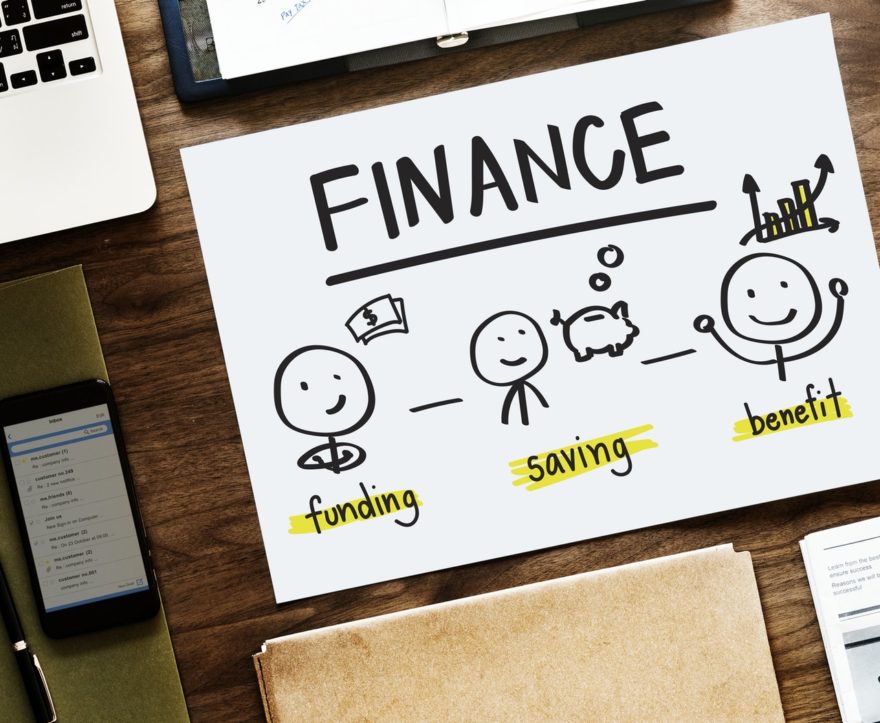Why should you invest $5,466 a month? Why that very odd number? Well, at an 8% hypothetical return, investing $5,466 a month will get you to $1 million in 10 years. That’s what we are going to explore today and it is very possible for many professional couples to save this much.
Last week, we looked at where to invest $1,000 a month. That’s a reasonable goal for many people, a 10% savings rate for a couple making $120,000 or 15% for an individual making $80,000. And while saving $1,000 a month may be okay, it will take decades to amass enough for retirement. If you want to accelerate the process or aim for a higher goal, you have to save more.
Saving $5,466 a month is $65,592 a year. For a couple making $200,000, that represents saving 33% of your income. That’s challenging, but not impossible. After all, there are many families who get by with making less than $134,000.
There are many different ways you could invest $5,466 a month, but I’m going to focus on adding tax benefits both in the present and future. Let’s get right to it!
Retirement Accounts
- Maximize 401(k), $1,625 a month each. That will get you to the 401(k) annual contribution limit of $19,500. It is surprising to me how many people don’t do this. For a couple, that is $3,250, more than half our goal to invest $5,466 a month.
- Company match, $416 a month each. Many companies match 5% of your salary to your 401(k). For an employee making $100,000 a year, that equals $416 a month. I am assuming this couple each makes $100,000. For two, that’s $832 a month. Added to your 401(k) contributions and we are now at $4,082 a month.
- Backdoor Roth, $500 a month each. At $200,000 for a couple, you make too much to contribute to a Roth IRA. However, you may still be able to make Backdoor Contributions to a Roth IRA, for $6,000 a year or $500 a month each. Added to 1 and 2 above and your monthly total is $5,082. We only need to find another $384 to invest a month to reach the goal of $5,466.
Additional Places to Invest
- Health Savings Account (HSA), $600 a month. If you’re a participant in an eligible family plan, you can contribute $7,200 a year to an HSA. That could be up to $600 a month, and that is a pre-tax contribution!
- 529 Plan, $1,250 a month. If you are saving for a child’s future college expenses, you could contribute to a 529 College Savings Plan. A 529 Plan grows tax-free for qualified higher education expenses. Most parents choose to stay under the gift-tax exclusion of $15,000 a year per child, which is $1,250/month.
- Taxable Account, $ unlimited. You can also contribute to a taxable account. And while you will have to pay taxes on capital gains, dividends, and interest, we can make these accounts relatively tax efficient.
Other Notes
- Tax Savings. While trying to invest $5,466 a month is a lot, you will be helped by the tax savings. A couple making $200,000 a year (gross) will have just entered the 24% Federal tax bracket after the Standard Deduction of $25,100 (2021). Some of your tax deductible contributions will be at 24%, but most will be at 22%. Using just 22%, your joint $39,000 in 401(k) contributions will save you $8,580 in taxes. That is $715 a month back in your pocket. Add in $7,200 to an HSA and save another $1,584 in taxes ($132 a month).
- Catch-up Contributions. If you are over age 50, you can contribute more to your 401(k) and Roth IRA accounts. There are also catch-up contributions for an HSA if age 55 or older.
I wish more people had the goal of becoming a Millionaire in 10 Years. We cannot control the market, but we can do our part and do the savings. At an 8% hypothetical return, starting to invest $5,466 a month can put you on track to $1 million in a decade. And if you already have $1 million, saving $5,466 for another 10 years would get you to $3.2 million.
For couples making over $200,000, can you afford to invest $5,466 a month? Can you afford not to? Planning is the process of establishing goals and then creating the roadmap to get you there. If you’re ready to create your own roadmap, give me a call.










